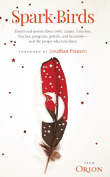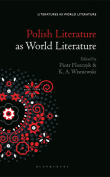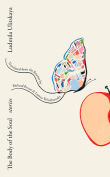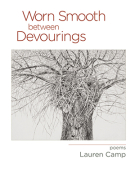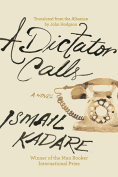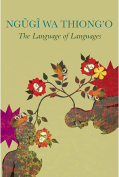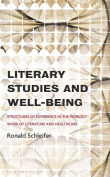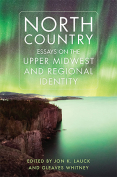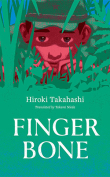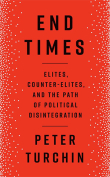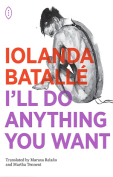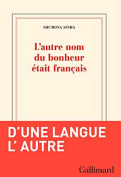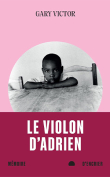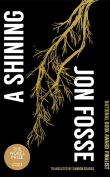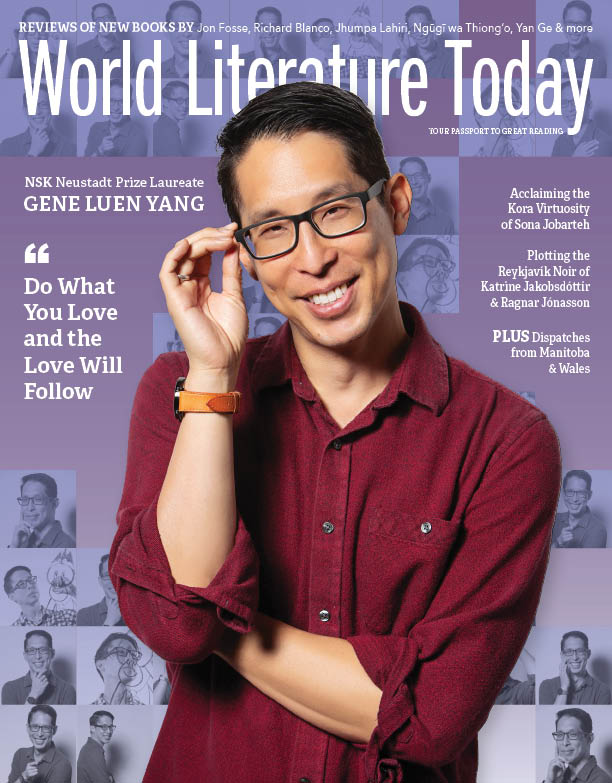Finger Bone by Hiroki Takahashi
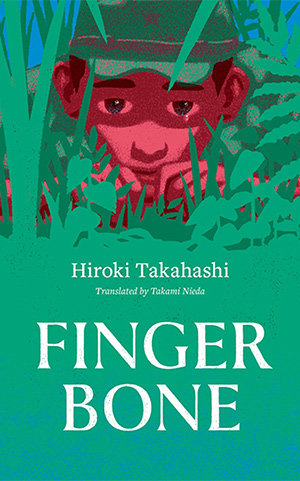 Richmond, Virginia. Honford Star. 2023. 128 pages.
Richmond, Virginia. Honford Star. 2023. 128 pages.
That the Second World War—not just the atomic bombs, as kaiju movies emphasize, but the whole imperial enterprise Japan undertook in the first half of the twentieth century—still lingers in popular Japanese imagination some eight decades later, and provokes just as much ambivalence, is made clear in Hiroki Takahashi’s Finger Bone, a short novel from 2013 newly translated by Takami Nieda. It is a brutal, harrowing novel that should be considered a classic of war literature.
Takahashi’s novel, praised by familiar Japanese authors in English translation like Yoko Ogawa (The Memory Police) and Hiromi Kawakami (Strange Weather in Tokyo), follows an unnamed narrator, a Japanese soldier during World War II, through the jungles of Papua New Guinea as he engages Allied forces at the Battle of Isurava, is wounded, and recuperates in a field hospital before fleeing the victorious Allies, who have retaken the region.
The heart of the novel is the narrator’s time at the field hospital, where he befriends other injured men, reflects on the randomness of survival, and muses about the unstoppability of the Japanese Empire (he hears rumors that the US is already ablaze and sure to capitulate soon). Japan’s empire—its role as the bastion of civilization—is never far from the narrator’s mind nor those of his comrades, though Takahashi is usually cautious to remain ambivalent about these historical beliefs. It is especially prevalent in scenes featuring indigenous Papuans, or “kanakas,” whom the narrator befriends and fears in equal measure, whom he considers “savages” but also exotic keepers of ancient rituals (Takahashi’s afterword suggests he might not feel differently).
Finger Bone is a curious little book that revels in the senses of war, emphasizing its lived reality through the eyes, ears, and stomachs of soldiers thrown together by circumstance and duty but who wish for little more in return than to go home to their small, meaningful lives. In texturing the novel with the feelings of war, Takahashi gives readers a literary onslaught of gruesome deaths interspersed with moments where soldiers seek something like normality, pretending their field hospital is a soba shop or playing shogi on a makeshift board. Just as Takahashi begins turning a name (Furuya, Shimizu, Sanada) into a character, someone for readers and the narrator to care for, he is gone—killed by friendly fire or dead by malaria. All that remains is a finger bone cut from their corpse, a memento of a life lost in imperial service that might never make it home.
Sean Guynes
University of Michigan
